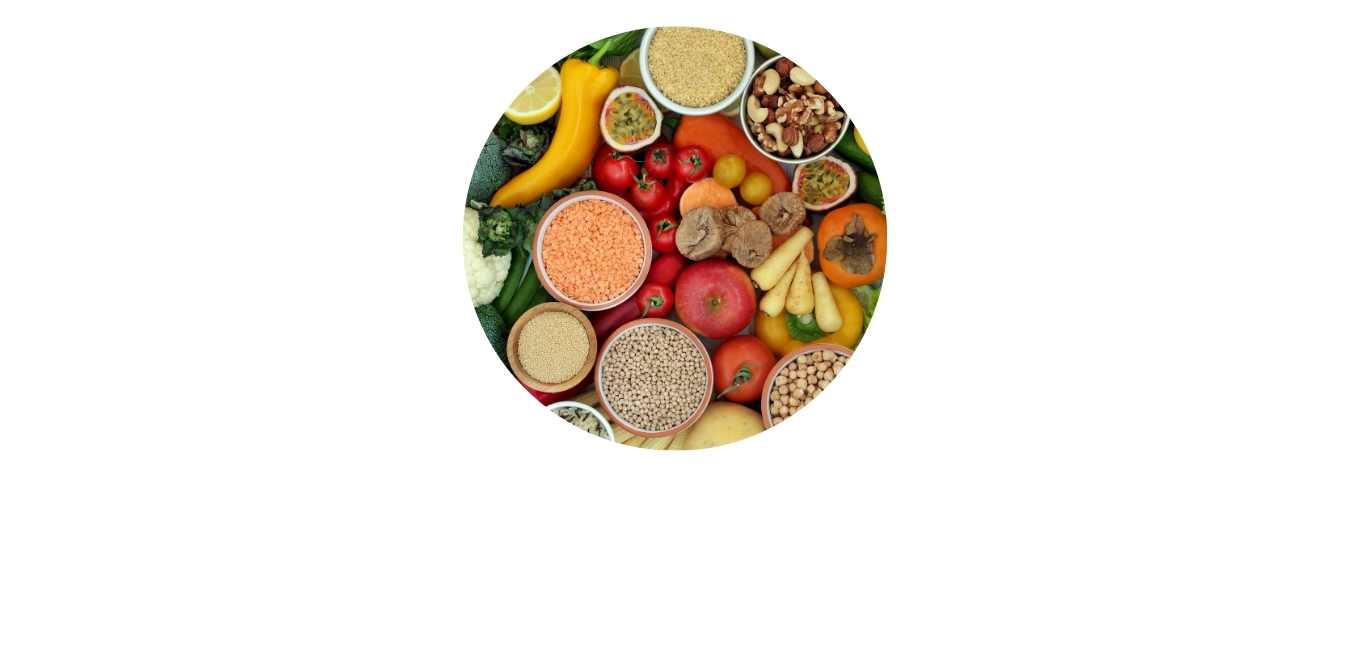happy on the inside
FIBRE, THE SUPERFOOD WE FORGOT
I am not sure when it happened, but somewhere between our obsession with protein and our banishing of sugar we forgot all about the humble, yet essential ingredient in our diet, FIBRE! Time and again I watch people obsess over protein and really totally overdo the amount of protein they have in their diet (that topic is for another blog) and completely overlook how much fibre they are consuming.
Poor fibre, it’s kind of like the uncool cousin to protein. Without adequate fibre in your diet your body really struggles to function optimally. Most people who eat a typical Australian diet are eating about 50% of the required fibre for optimum health. This is an easily rectified problem that can make dramatic differences to how your body functions.
5 fibre facts:
- For optimal health women require at least 25g of fibre a day.
- Fibre is found only in plant based products such as legumes, grains, fruit and vegetables and seeds.
- Fibre helps lower cholesterol, improve weight loss, reduce skin conditions associated with toxicity and hormonal imbalances, balance hormones, regulate blood sugar, improve digestive health and promote a healthy gut microbiome.
- There are two type of dietary fibre: soluble and insoluble.
– SOLUBLE FIBRE dissolves in water and is often referred to as ‘roughage’. It cannot be digested. As it passes through the digestive system soluble fibre absorbs water and forms a gel like substance. This helps bulk up stools which allows the stool to pass through the intestines more easily, helping to reduce constipation and diarrhoea. Examples of soluble fibre include legumes, psyllium husk, nuts, seeds, oats, many fruit and vegetables.
– INSOLUBLE FIBRE does not absorb or dissolve in water. It passes through the digestive tract in much the same form it went in. Insoluble fibre helps attract water into the stool, making it softer and easier to pass with less strain on the bowel. Examples of insoluble fibre include whole grains, beans, cauliflower and potatoes. - Soluble fibre is a prebiotic. This means that the beneficial bacteria, or the good bacteria, of the gut lining utilise soluble fibre as fuel to help them proliferate and grow. Basically, soluble fibre benefits the gut microbiome by encouraging the growth of good bacteria.
It’s super easy to get some superfood fibre in your day!
Quick increases of fibre can cause bloating and discomfort. Increase by around 5g of fibre per day for a week until you reach your 25g goal. We recommend food sources of fibre as opposed to fibre drinks etc, however sometimes a really good quality fibre supplement is suitable. Drinking at least 2 Litres of filtered water a day is essential for optimum health, when increasing your fibre intake adequate water intake is very important. Increasing fibre without adequate water will lead to constipation in most people.
For ease of comparison we have used a cup as our measurement. Some of these examples you would never have a cup at a time, for example chia seeds. Some good sources of fibre include:
| Food Source | Fibre per cup |
| Cooked Lentils | 16g |
| Kidney Beans | 20g |
| White Beans | 32g |
| Chick Peas | 12g |
| Cooked Peas | 13g |
| Cooked Broccoli | 5g |
| Cooked Brussels Sprouts | 6g |
| Raspberries | 8g |
| Avocados (half) | 9g |
| Pears | 5.5g |
| Oatmeal | 4g |
| Chia Seeds | 55g |
| Asparagus | 5g |
| Whole Banana | 3g |
| Cabbage | 3g |
| Cooked Carrot | 7g |
| Cauliflower | 3.5g |
| Cooked Celery | 2g |
| Dried Fig (3) | 10.5 |
| Raw Spinach | 3.5g |
| Zucchini | 6g |
| Dates | 13g |
| Fennel (small bulb) | 3g |
| Basmati rice | 5g |


